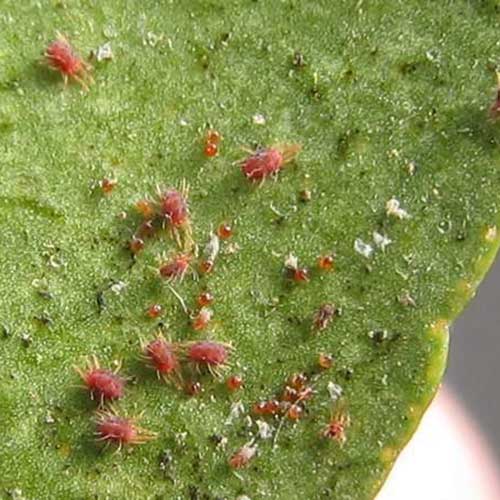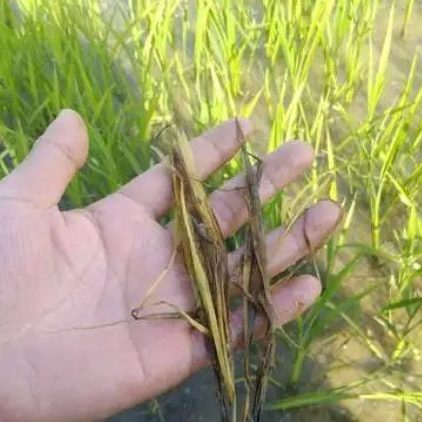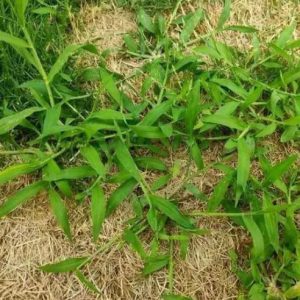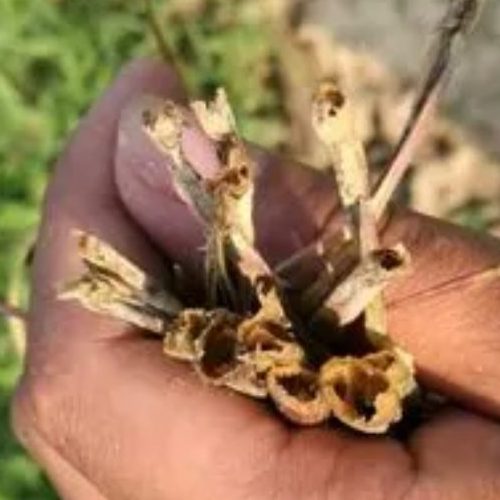
Shijiazhuang Youge Biotechnology Co., Ltd.: Only produces high-quality pesticide products to make farming easier for farmers around the world!
Product Catalog
Emamectin Benzoate
Spinosad
Bacillus thuringiensis
Spirodiclofen
Pyridaben
Etoxazole
Hexythiazox
Bifenazate
Propargite
Amitraz
Lufenuron
Thiamethoxam
Acetamiprid
Imidaclorprid
Nitenpyram
Flonicamid
Dinotefuran
Permethrin
Cypermethrin
Alpha cypermethrin
Beta cypermethrin
Fenvalerate
Lambda-cyhalothrin
Bifenthrin
Beta-cyfluthrin
Deltamethrin
Carbofuran
Carbosulfan
Methomyl
Carbaryl
Oxamyl
Chlorpyrifos
Dimethoate
Malathion
DDVP
Triazophos
Profenofos
Phoxim
Acephate
Fenitrothion
Diazinon
Monosultap
Cartap
Thiocyclam-hydrogen-xalate
Cyromazine
Pyriproxyfen
Tebufenozide
Buprofezin
Pyrethrins
Indoxacarb
Spirotetramat
Chlorfenapyr
Pymetrozine
Fipronil
Metaldehyde
Tebuconazole
Difenoconazole
Propamocarb
Penconazole
Mancozeb
Pyraclostrobin
Thiophanate methyl
Carbendazim
Chlorothalonil
Hexaconazole
Propineb
Dimethomorph
Propiconazole
Tricyclazole
Metalaxyl-M
Metalaxyl
Hymexazol
Copper oxychloride
Copper hydroxide
Benomyl
Flutriafol
Fosetyl-aluminium
Kresoxim-methyl
Triadimefon
Iprodione
Procymidone
Isoprocarb
Triadimenol
Streptomycin sulfate
Prochloraz
Fludioxonil
Prothioconazole
Boscalid
Thiram
Cymoxanil
Leave your message
Growing Vegetables
Spring growing Vegetables faces the challenge of unpredictable weather. For optimal seed germination, a combination of row, broadcast and spot sowing methods has proven effective. Tailor these techniques to specific vegetables for a great harvest.
Row Sowing + Broadcasting
This method is ideal for leafy greens like spinach and carrots and ensures even distribution of seeds. Precision is key, balancing density for strong growth. Use a combination of row and broadcast sowing to fill potential gaps or overcrowding.
Allocate 60% of the seed to row sowing, using furrows for small plots and planters for larger plots. The remaining 40% is mixed with fine soil and dispersed evenly after row sowing. This strategic mixing ensures even seeding above and below ground.
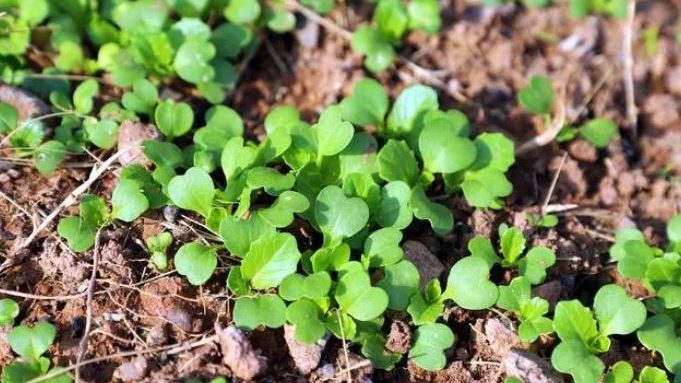
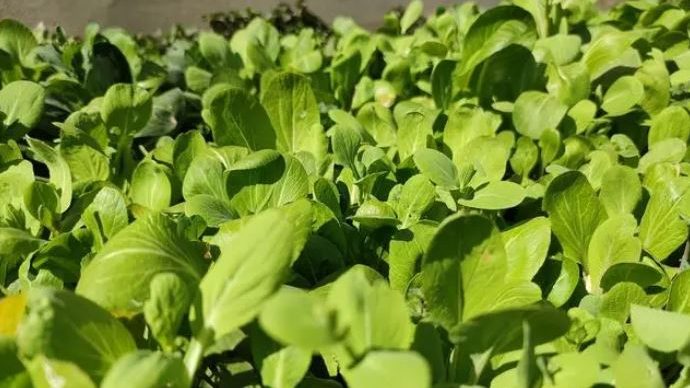
Fixed-Point Planting
On-demand seeding is suitable for large-seeded vegetables such as beans and watermelons, allowing control of spacing and density. Ensuring even seed placement is critical. Aim for 3-4 seeds per hole, eliminating weak shoots and keeping an optimal two strong seedlings at each spot.
Execution with precision: Punch holes, place seeds, water evenly, and cover with soil.
Broadcast
Broadcasting requires a certain density and is ideal for short-term leafy crops such as amaranth and Chinese cabbage. Divide the seeds into two parts and sow them in two batches to avoid uneven distribution. Mix the seeds evenly with the soil and rake the soil smooth.Watering Wisdom: A Prelude To Planting
Water lightly 5-7 days before planting to account for spring drought. This ensures soil moisture and prevents compaction from preventing seedlings from emerging. Watering after planting can cause the crust to harden and prevent smooth germination. Prioritize hydration before planting for best results.
Protection Blanket: Cover After Planting
Due to fluctuating spring temperatures, mulching immediately after planting can prevent moisture loss. The thin layer conserves heat, which is essential for the seeds to germinate quickly. The covering can be removed after 70% of the seedlings emerge from the ground to ensure uninterrupted growth.
Mastering Watering For The First Time
In spring, the timing of watering is important. Wait until the true leaves expand or reach the second leaf stage before watering. Choose midday watering to avoid physiological stress on the roots during cooler temperatures. Proper initial watering is crucial for your vegetables to thrive.


